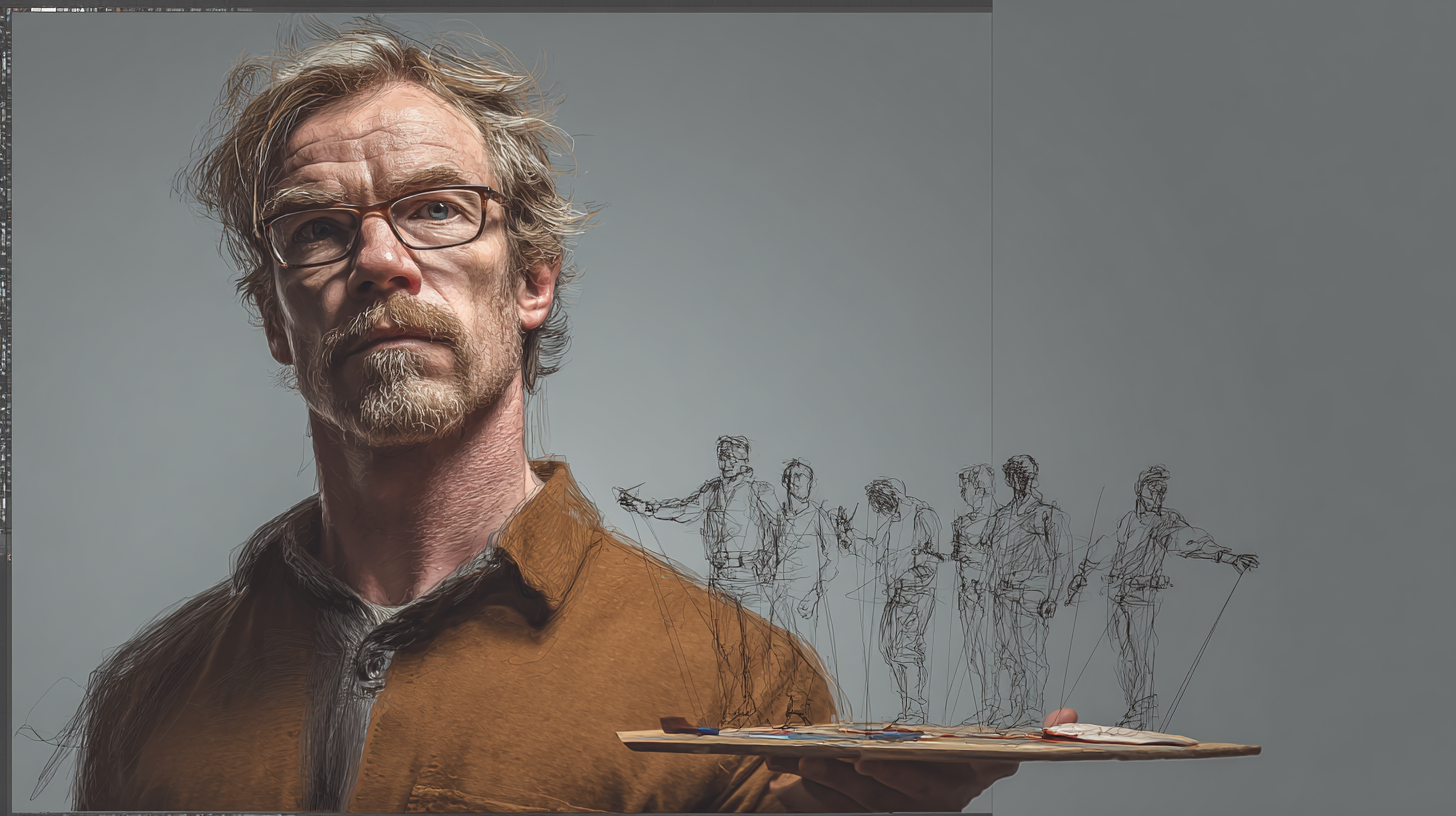The Director’s Vision: Balancing Artistry and Client Goals
A director in commercial production wears two hats — that of an artist and a strategist. Their task isn’t just to make something look beautiful; it’s to craft a message that inspires emotion, drives engagement, and fulfills a brand’s goals. Unlike film or television, commercial directing requires merging creative vision with marketing precision, where every second counts and every frame serves a purpose.
In essence, a director must create a film that sells — without feeling like a sales pitch.
The Dual Role of a Commercial Director
The best commercial directors understand that artistry and strategy are not opposing forces; they are two sides of the same coin. A campaign succeeds when creative storytelling aligns seamlessly with brand objectives.
To achieve that balance, directors must master several key roles:
Visual Storyteller: Capturing emotion, mood, and message through composition, lighting, and pacing.
Brand Interpreter: Translating marketing language and product positioning into cinematic visuals that feel organic.
Team Leader: Guiding cast, crew, and clients through the production process with confidence and clarity.
Creative Problem Solver: Turning logistical or budgetary limitations into opportunities for innovation.
Audience Connector: Ensuring the final product resonates with the target demographic on an emotional and intellectual level.
This combination of artistry and business sense transforms a director from a filmmaker into a strategic communicator.
Creative Vision Meets Brand Strategy
In commercial work, creativity alone isn’t enough. The vision must be filtered through the lens of brand identity and marketing goals. Directors who understand this dynamic create commercials that are not only visually compelling but also strategically sound.
To balance both worlds effectively, successful directors:
Study the brand thoroughly: Understanding its tone, audience, and values is essential before the first shot is framed.
Collaborate with agency teams: Open communication with marketing and creative teams ensures everyone is aligned on message and mood.
Adapt visual style to brand needs: A luxury product might call for cinematic grandeur, while a lifestyle brand benefits from a more spontaneous, documentary-style approach.
Maintain clarity of message: Even the most visually stunning commercial falls flat if the story distracts from the core call to action.
Stay within time and budget constraints: Efficiency is part of the artistry — crafting emotional impact within the limits of a 30- or 60-second format.
The ability to think both as a filmmaker and a strategist defines great commercial direction.
The Las Vegas Advantage
Las Vegas offers directors an extraordinary creative playground. The city’s distinctive blend of energy, luxury, and spectacle provides endless possibilities for storytelling. However, it also presents unique challenges — balancing high-impact visuals with brand messaging requires precision and taste.
Examples of how directors thrive in this environment include:
Hotel and Resort Campaigns: Directors emphasize grandeur and experience, using sweeping drone shots, dramatic lighting, and elegant pacing to convey luxury and excitement.
Local Business Spots: Here, the focus shifts to intimacy and authenticity. Directors craft relatable, emotionally grounded stories that connect with the local community.
Event and Entertainment Ads: Fast-paced editing, vibrant color grading, and dynamic camera work capture the thrill of live performances and nightlife.
Tourism Promotions: Directors use Las Vegas landmarks — from the Strip to Red Rock Canyon — to evoke a sense of place and adventure while keeping the narrative focused on the brand promise.
In a city built on visual storytelling, commercial directors must blend spectacle with strategy — ensuring every frame supports both artistic intent and brand identity.
Embracing Constraints as Creative Fuel
Every production faces limitations — time, budget, weather, or client expectations. Exceptional directors don’t see these as roadblocks; they view them as opportunities to innovate.
Common examples of creative adaptation include:
Maximizing minimal locations by using lighting and movement to create visual depth.
Turning time restrictions into stylistic advantages, like using quick cuts or visual metaphors to convey energy.
Working within budget limits by focusing on strong storytelling instead of excessive visual effects.
Simplifying complex ideas into memorable visual moments that feel effortless and elegant.
When directors treat constraints as creative challenges, they elevate the quality of the work — and often surprise clients with how much can be achieved within limits.
Final Thoughts
A great commercial director isn’t just someone who knows where to place the camera — it’s someone who knows why. They balance emotion with intention, creativity with clarity, and art with business.
In Las Vegas, where visual culture thrives, this blend of artistry and strategy defines the city’s most successful productions. Whether capturing the opulence of a five-star resort or the authenticity of a local business, directors who understand both sides of the craft turn ordinary ads into unforgettable stories.
The best directors don’t choose between art and strategy — they master both.
By collaborating closely with brands, embracing constraints, and leading with vision, directors prove that powerful storytelling and strategic precision can coexist beautifully — creating commercials that not only captivate but also connect.

